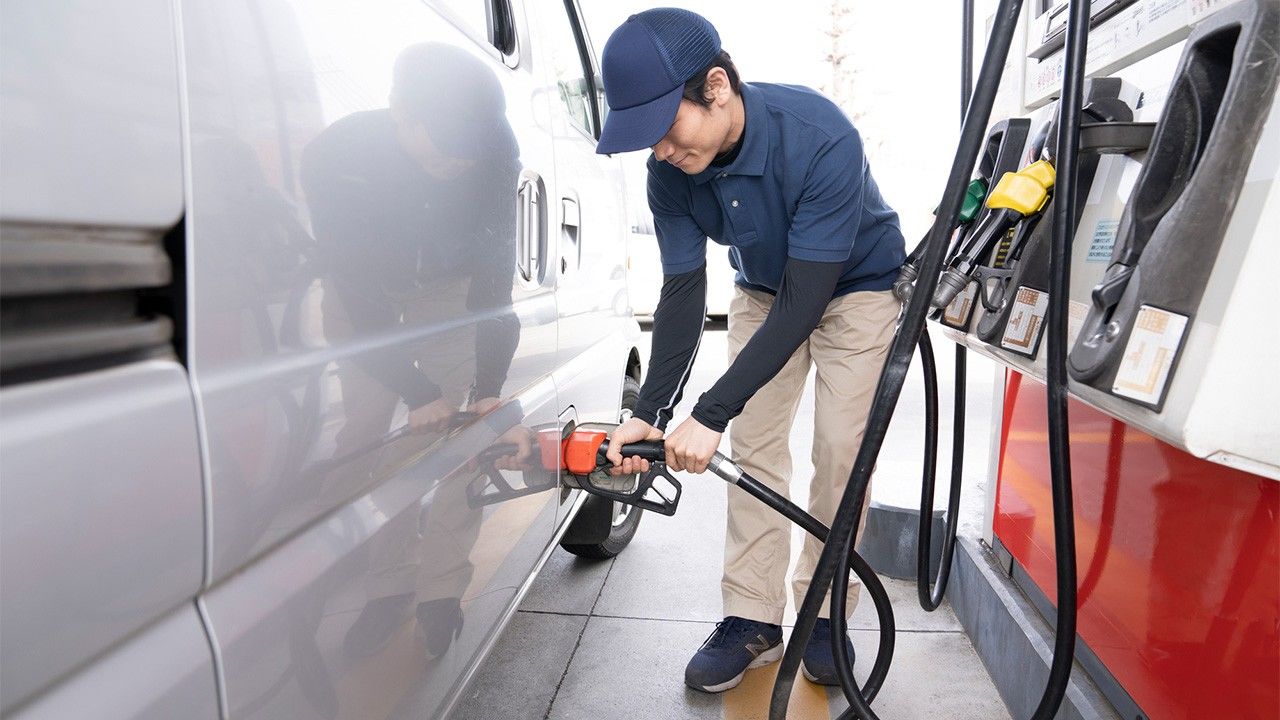
Gas Stations in Japan Nearly Halved in the Last 20 Years
Economy Society- English
- 日本語
- 简体字
- 繁體字
- Français
- Español
- العربية
- Русский
The number of gas stations in Japan at the end of fiscal 2022 stood at 27,963, according to the Agency for Natural Resources and Energy. This was a decrease of 512 from the previous year. In 2002, there were more than 50,000 gas stations, meaning the number has fallen by more than 40% over the past 20 years.
Increased efforts toward fuel efficiency and decarbonization leading to a drop in demand for gasoline are thought to be one factor behind the decline, alongside a lack of people in rural areas who can continue managing gas stations. Stricter safety measures, including the storage of petroleum products in underground tanks, were brought in through legal reform in 2010, meaning many gas stations were required to repair or replace their tanks. There were numerous cases where gas stations closed down rather than investing such a large amount of capital, due to falling profits and the fact the owners were getting on in age.
This decline in gas stations has led to major issues in rural areas, including “the distance between home and the gas station being too far” and “causing problems delivering kerosene to seniors who have no means of transport.” According to the agency, as of the end of fiscal 2021, there were 282 municipalities across the country where the distance by road from people’s residences to the nearest gas station was at least 15 kilometers.
At the end of fiscal 2012, the agency started to publish the number of municipalities with three or fewer gas stations. There were 348 such municipalities as of fiscal 2021, of which 10 had none at all.
The chart below shows that these municipalities are distributed relatively evenly across Japan. By prefecture, Hokkaidō had the most with 65. This was followed by 35 in Nagano and 20 in Nara. In contrast, Tochigi and Ibaraki had none.
(Translated from Japanese. Banner photo © Pixta.)


